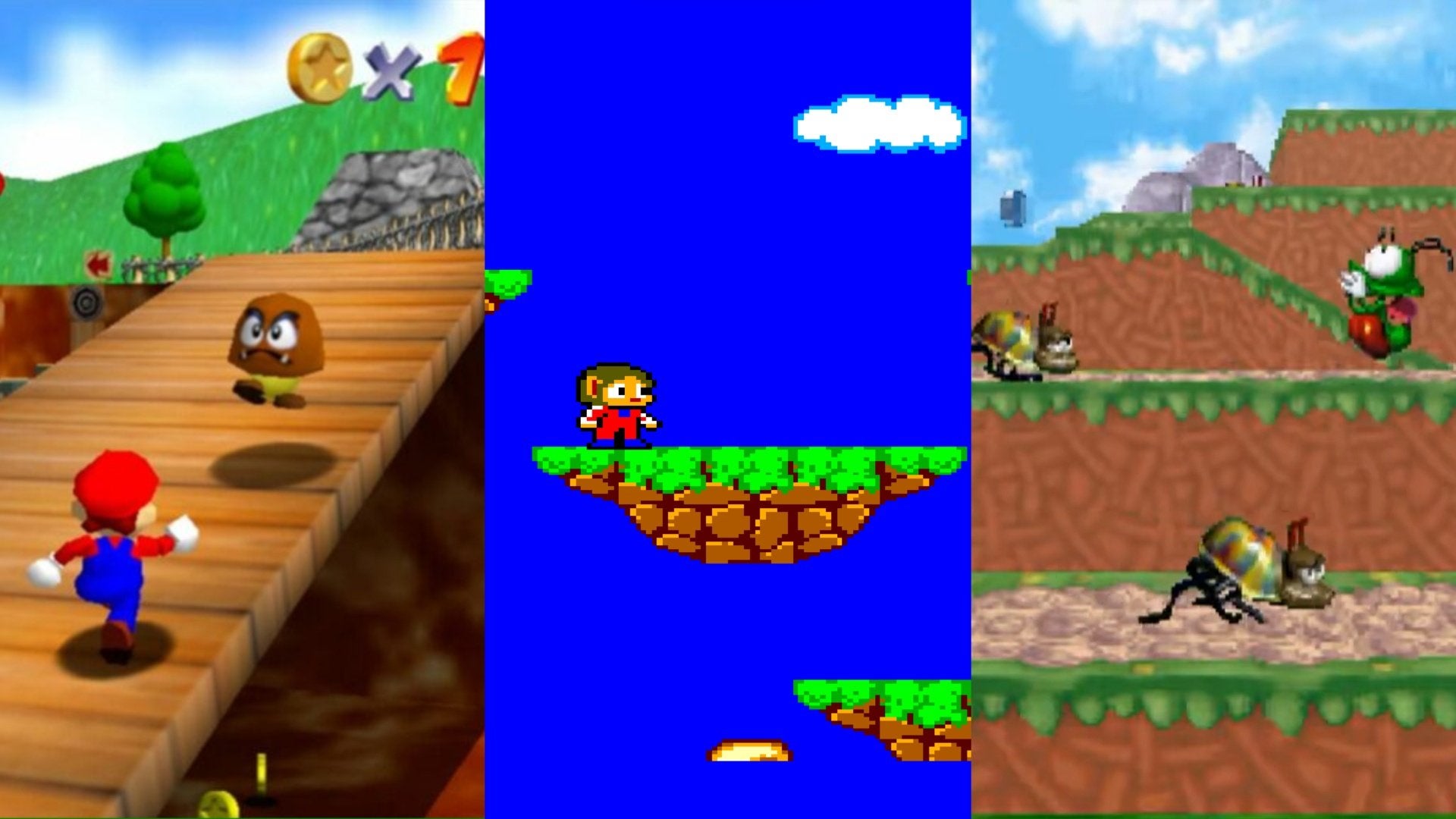![]() Key Takeaway
Key Takeaway
A Platformer is a game that involves traversing a world by using various objects as literal platforms. Such bits of terrain allow you to reach other areas, be they to the right, to the left, above, or below. The platforms in question can be anything—as long as you can stand, walk, or jump on them.
Here are some examples of Platfomer games:
- Donkey Kong (1981)
- Super Mario Bros. (1985)
- Alex Kidd in Miracle Land (1986)
- Bug! (1995)
- Super Mario 64 (1996)
- Ratchet & Clank (2002)
- Super Meat Boy (2010)
- Celeste (2018)
- Blasphemous 2 (2023)
There are many different genres in gaming—one of the most prevalent is the Platformer. Video games that fit into this genre weren’t always known by this classification. This specific term arose after developers fumbled with how to categorize their most action-packed titles for years.
Table Of Contents
What Is a Platformer?
The current definition of a Platformer is a video game that has a heavy emphasis on the player running, jumping, and climbing across literal platforms of various types to physically reach their goal. The platforms in question can be anything—as long as they allow the player to move across them. Floating bricks, the tops of hills, the backs of whales—and much more—can all be in-game assets used as makeshift platforms for players to cross. If you can walk on it, it’s technically a platform!
Arguably the most famous of the classic Platformer games is Super Mario Bros. (1985) This legendary title depicts the eponymous Mario traversing increasingly complex and dangerous landscapes to rescue Princess Toadstool (otherwise known as Princess Peach to most gamers these days). On Mario’s epic two-dimensional journey, he walks, sprints, and jumps across many objects and creatures to reach his goal.
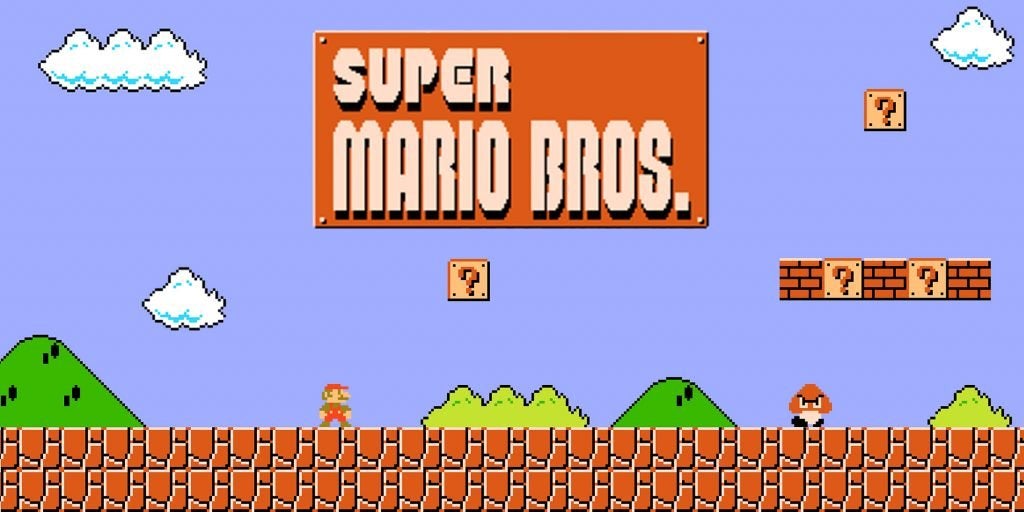
Super Mario Bros. was one of the games that not only defined the Platformer genre but one of the grandparents of modern gaming. In fact, Platformers were some of the first widespread games, as they erupted in popularity in the 1980s. Before the era of the Platformer, the most common titles were digital versions of board games or locked-perspective shooters like Space Invaders (1978) and Asteroids (1979).
However, back then, the term “Platformer” wasn’t around yet. Developers were classifying such titles with a whole host of overly descriptive names. Even though some made sense, most were inferior to the term used today.
What Platformers Used to Be Called
One of the first Platformers in existence pre-dated Super Mario Bros.—yet it still featured everyone’s favorite plumber, albeit then going by the underwhelming name “Jumpman.” 1981’s Donkey Kong is one of the earliest Platformers to pave the way for all that followed.
From that point until the late 1980s, the terms used to describe titles where you run, jump, and climb to get to your destination were very varied.
List of Terms Used Before “Platformer”
- “running/jumping/climbing games” (used by Shigeru Miyamoto during the development of Donkey Kong)
- “athletic games” (used by Shigeru Miyamoto during the development of Super Mario Bros.)
- “climbing games” (used in Steve Bloom’s Video Invaders [1982], Volume 1, Issue 11 of Electronic Games [1983], and TV Gamer Magazine’s March Issue [1983])
- “ladder games” (used in Volume 8, Issue 12 of Creative Computer Magazine [1982] and in Volume 2, Issue 1 of Video Game Player [1983])
When the Term “Platform Games” Started Being Used
Before the emergence of the term “Platformer,” such digital adventures began to be called “Platform Games.” You can see this trend take hold around 1989 through the use of “Platform” getting attached to other words in popular gaming magazines.
One prime example of this is on page 74 of PC Engine Services’ Complete Guide to Consoles (year not mentioned in-book, but our best guess says 1989) where the writer describes Super Mario Bros. as a “platform/arcade adventure.”
Another is found on page 24 in Issue 19 of The Games Machine (1989) when the author refers to Strider (1989) as “THE platform and ladders game.”
This next point is speculation on our part; however, it seems like the term “Platform Game” shortly changed into “Platformer” for the sake of convenience as the former term became more and more common in the early 1990s. People love shortening phrases—particularly English speakers—so it makes sense to us that “Platformer” would become the dominant word used to describe games like Donkey Kong and Super Mario Bros. We hope that you’ll forgive us for jumping to conclusions here.
A History of Platformer Games
In their most ancient form, Platformers were single-screen games—such as those found on arcade cabinets. Once more, Donkey Kong is an ideal example of this.
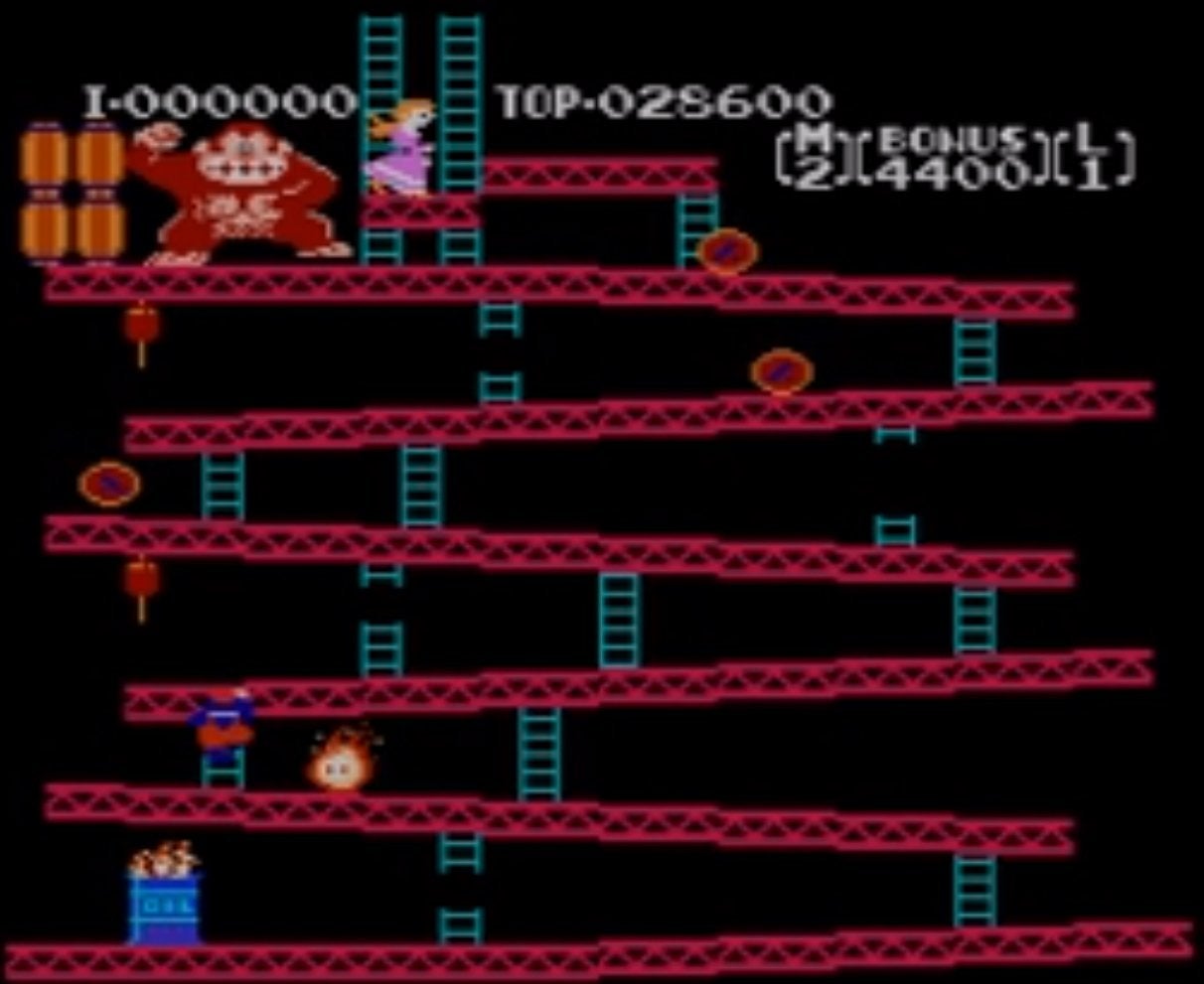
As Jumpman (Mario) ascends ladders and leaps over barrels, he never leaves the screen. In fact, nothing does. Everything in-game happens on this lone pane of digital graphics. With that said, this genre did not remain static.
Side-Scrolling Platformers
The next stage in the evolution of this genre is the Side-Scrolling Platformer. With the development of better technology, arcade cabinets, computers, and consoles became able to hold much more data than before. The gaming industry took full advantage of this to produce (then) mind-blowing titles that allowed players to explore whole worlds.
Sega’s Alex Kidd in Miracle World (1986) demonstrated this innovative step through immersive gameplay that held onto the fun and fulfilling athleticism found in previous Platformers, but now granted gamers the chance to explore further and further afield.
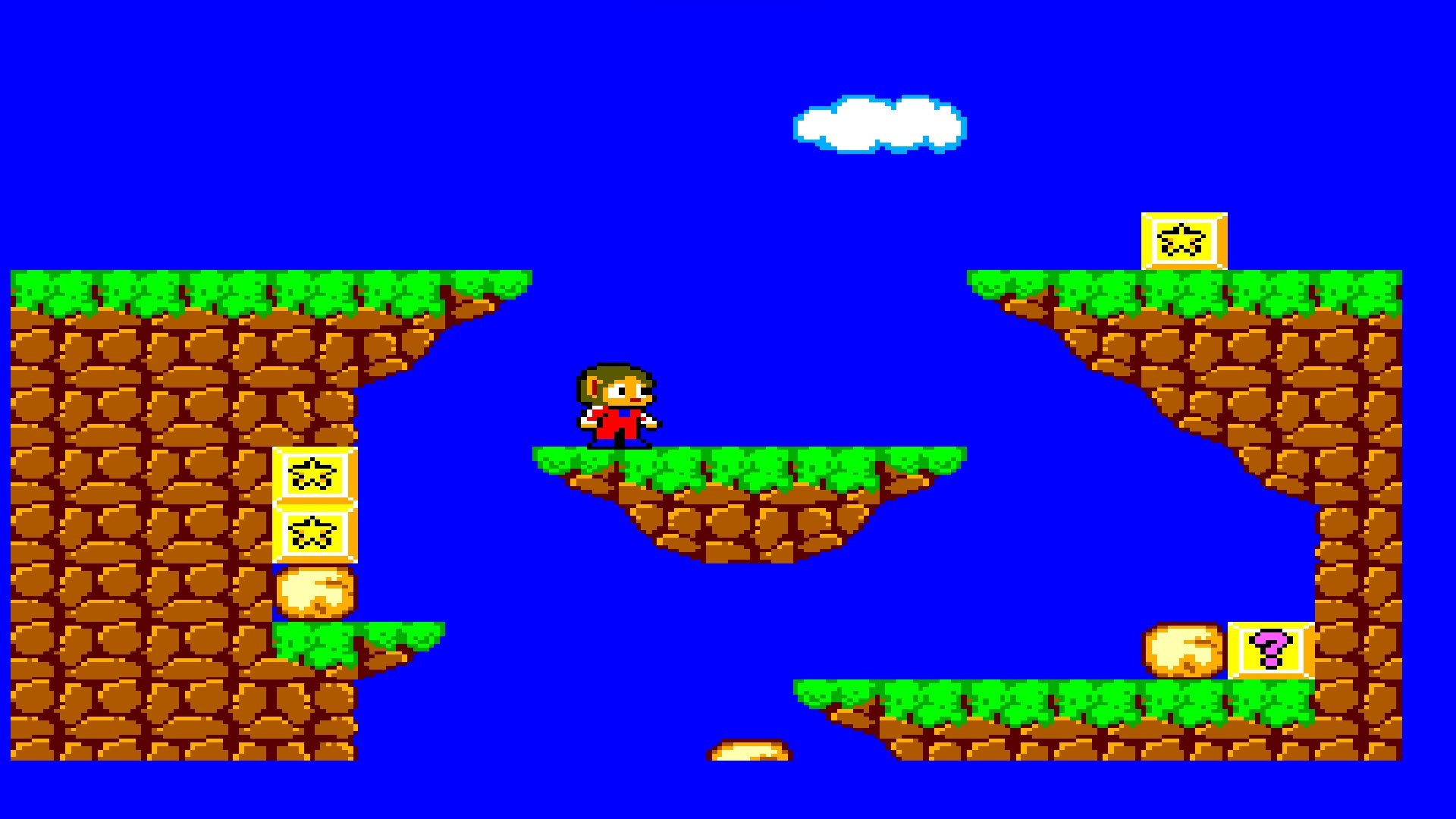
The newfound freedom was a huge hit with game enthusiasts the world over. This was the beginning of a trend for Platformers—one that would see constant and fascinating developments for years to come.
Of course, Super Mario Bros. is in this category as well. We just wanted to give little Alex a shoutout because of how awesome his game is in retrospect. Play it yourself on the Internet Archive. Other noteworthy Side-Scrolling Platformers are Moon Patrol (1982), Metroid (1986), and Prince of Persia (1989).
2.5D Platformers
In the 1990s, the world was introduced to a groundbreaking development: three-dimensional graphics. No longer were media lovers bound to two directions; there was now a third to delve into for maximum immersion! Obviously, video games grabbed this idea and ran with it—literally. Platforms featuring this new plane of existence became more and more common until the 2D variety slowly waned into obscurity until a recent resurgence via modern indie games—such as Blasphemous 2.
Before true 3D video games, there were 2.5D ones that gave the illusion of depth but cheated the visuals in a way that technically remained 2D. Remember that everything digitally represented on a screen is 2D—regardless of the types of graphics used. However, using clever perspective choices and level design, developers of 2.5D games were able to enter new territory without breaching the surface of the true 3D world. An early example of this is Bug! (1995).
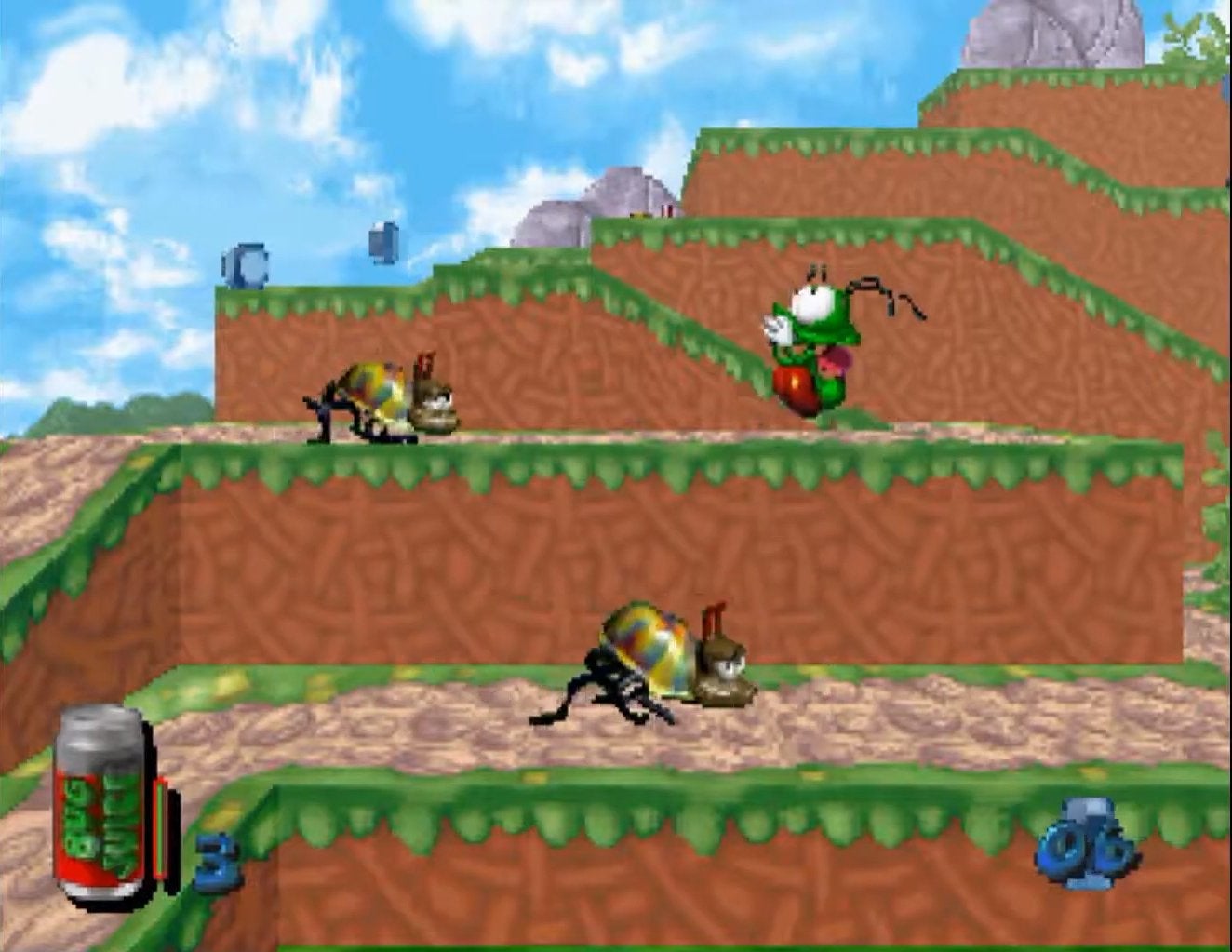
In Bug!, the player traverses angular paths that move toward, away, and perpendicular to the screen. Although there’s a sense of moving forward and backward—in addition to left and right—the camera angle never changes. This is the same type of gameplay found in Super Mario Bros. and Alex Kidd in Miracle Land in that players can move up and down as well as left and right.
The difference in Bug! is that the up and down motions allow gamers to access different horizontal paths. This point-of-view hack was a smart way to make Bug! stand out compared to many other competing titles of the time.
3D Platformers
For a true 3D Platformer, we can look back at the adventures of our old friend, Mario. The red-hatted plumber entered the third dimension through Super Mario 64 (1996). In the mustached hero’s first foray into this deep new landscape, we were graced with a controllable camera that could be panned at will, astonishing angles of horizontal movement, and much more.
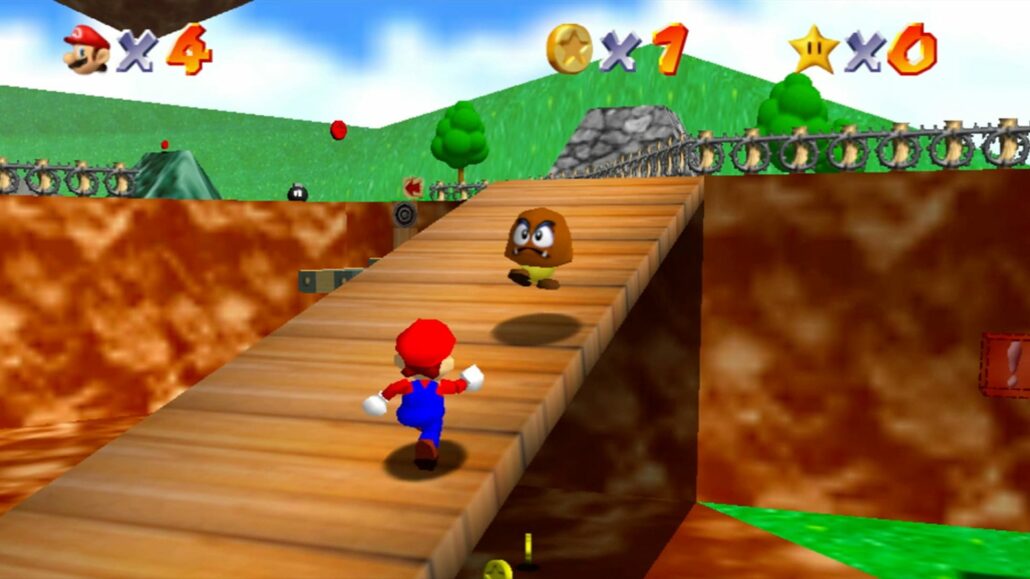
These days, 3D Platformers are the most common sub-type in this ballooned genre. Since their introduction into the gaming world, such titles have become more and more popular over time. Blindly throw a metaphorical rock in a video game store and you’ll hit one such title without even trying.
By capturing our innate human desire to explore, Platformers have emboldened us with a sense of adventure through the most immersive form of media: video games. Whether you’re running from left to right, leaping to attain a new height, or traveling dead ahead onto glory—the Platformer is the archetypical genre of games as we know them today. The only thing more liberating than dashing and jumping towards new lands is riding to them astride faithful mounts.


